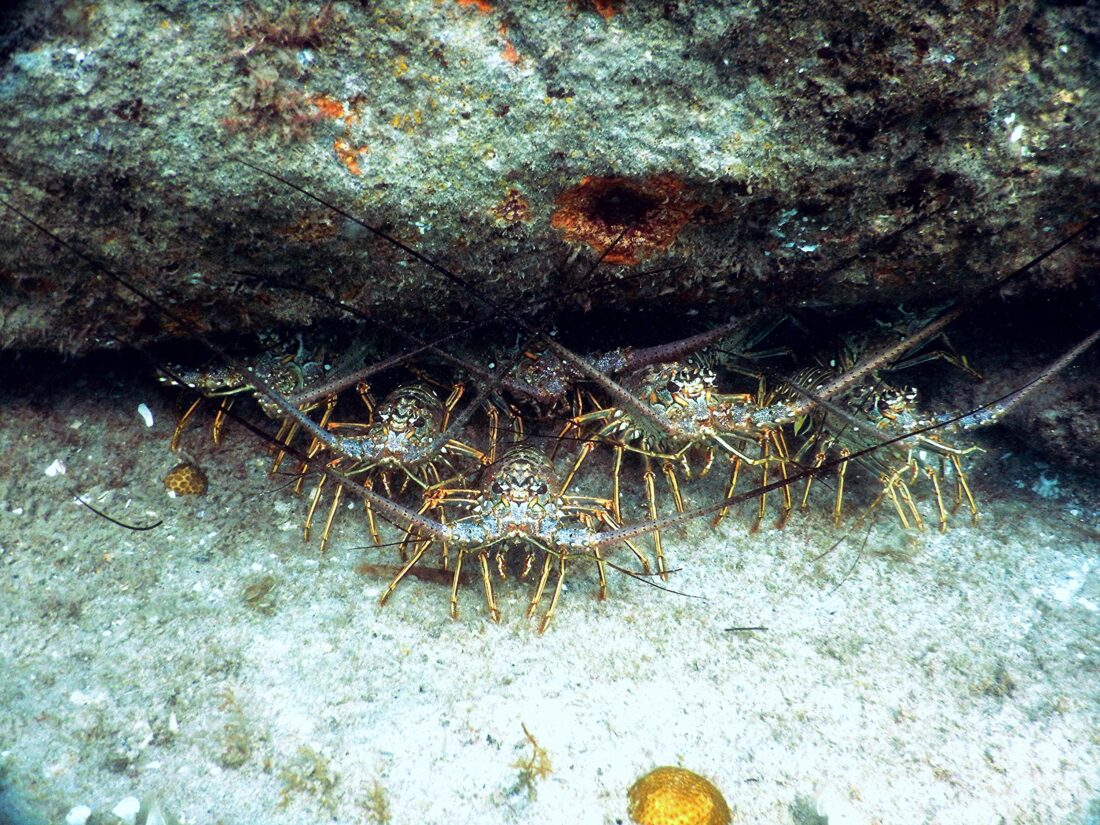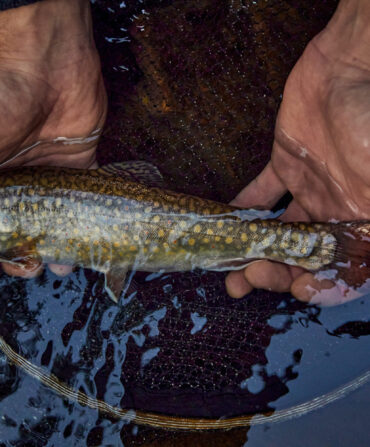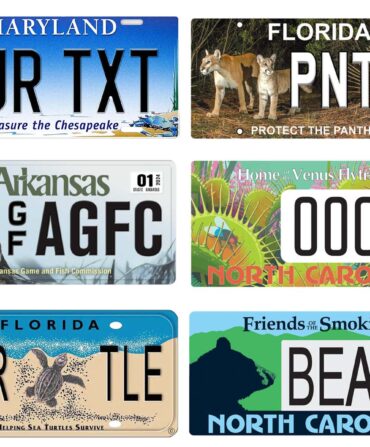For coral in the Florida Keys, last summer was catastrophic. Water temperatures rose so high starting in July that some corals boiled and died outright, and others remained bleached—coral’s response to stress, in which it expels the photosynthesizing algae that imbues it with color and helps it eat and grow—until January. Rescue teams pulled as much coral out of the water as they could to preserve precious genetic material, but in a time when only 2 percent of the Keys’ original coral coverage remains to begin with, each loss dealt a devastating blow. The marine heat wave, however, did provide valuable insight into how to address a warming future, both for coral and for the many species that rely on its complex ecosystem—including lobsters.

For example, “the branching corals had a really hard time surviving last summer, and most didn’t make it,” says Casey Butler, a research biologist with the Florida Fish and Wildlife Conservation Commission. “But the boulder corals proved to be more resilient, and that was encouraging to see.” That means this summer, scientists will outplant more of the boulder variety. And Butler’s specialties, spiny and spotted lobsters, offered clues, too.
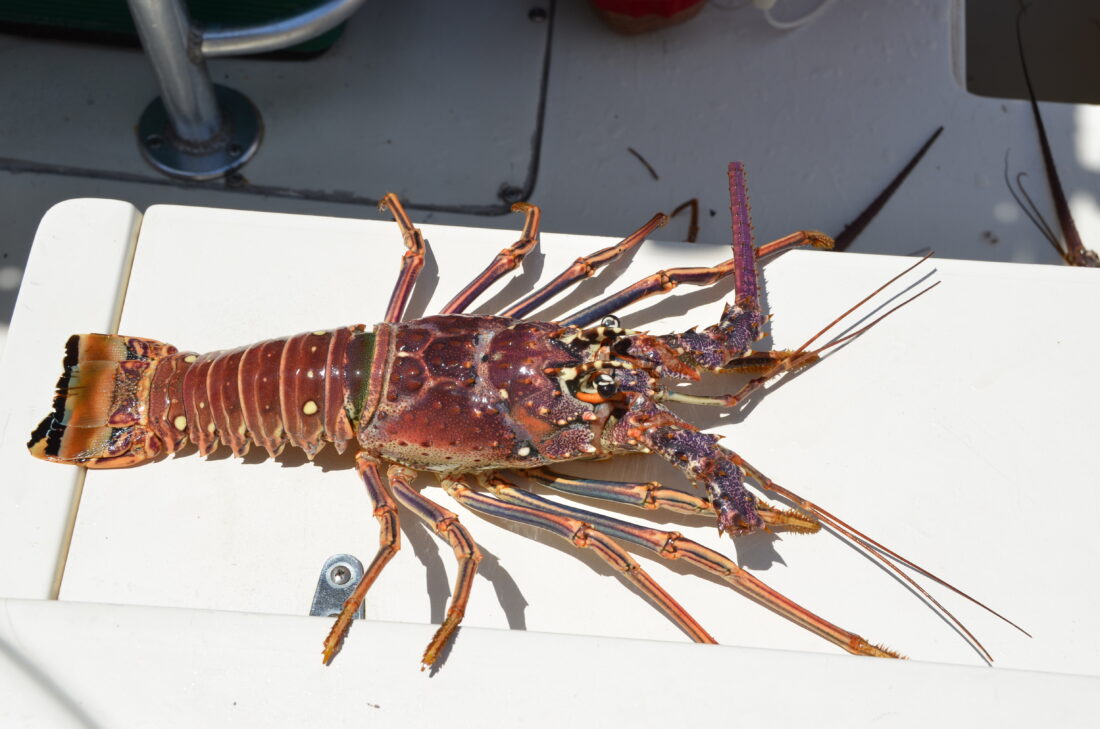
As adults, the two cousin species settle on reefs where they will stay the rest of their lives. Thanks to a grant from the Fish & Wildlife Foundation of Florida, Butler was able to observe the lobsters’ feeding habits on twenty-four reefs, from Key Largo to Key West, both before and during the heat wave. As the warming waters degraded the reefs, “They stopped eating their preferred prey items, like fire worms and snails,” Butler says, “and instead shifted to eat things that are lower in the food web.”
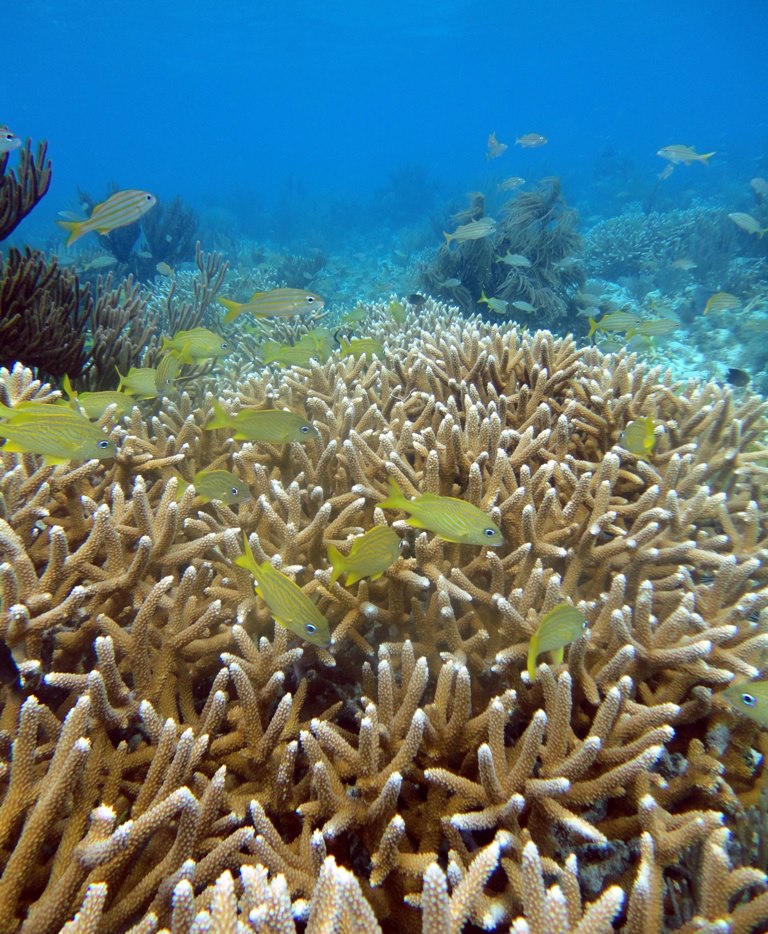
That matters because a reef, like any ecosystem, is locked in a dance of checks and balances between predators and prey. In this case, seaweed (the common name for countless algae and marine plant species) competes with coral for space on the ocean floor. Herbivorous crabs graze on that seaweed, keeping it in check—one study in the Caribbean found that crabs can reduce seaweed cover by 50 to 80 percent. Normally, a lobster eats the predators of coral, called corallivores—marine worms, barnacles, snails, sea stars, and the like. But in a degraded reef, the system crashes: Seaweed takes hold of more space, corallivore numbers fall, and the lobsters start eating herbivores like the crabs instead.
For reef restoration, these findings have interesting implications. If biologists this summer are outplanting coral at a more degraded site where the seaweed has run wild, they will need to either remove that algae by hand or bring in long-spined urchin, which will quickly mow it down. Or else the vicious cycle will continue.
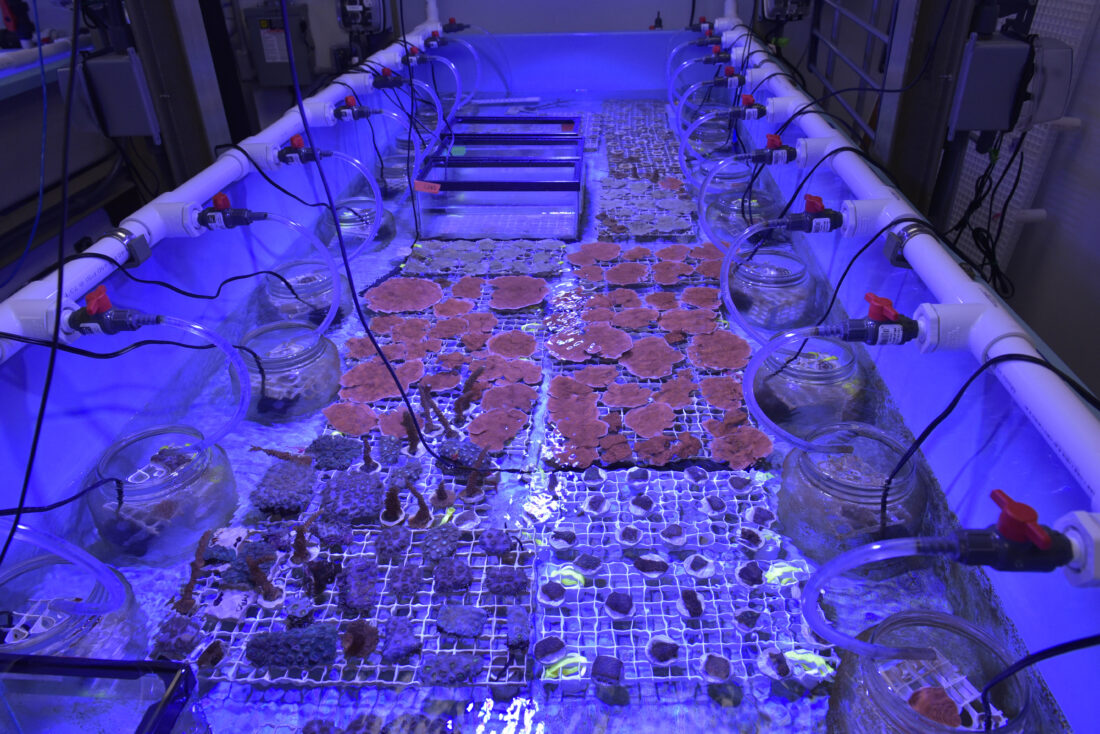
As the hottest summer months arrive, though, biologists remain hopeful that the water temperatures won’t reach the heights—or have the staying power—they did last year. Even so, the many organizations that work on coral, such as the Mote Marine Laboratory and the Coral Restoration Foundation, are more prepared for rescue missions if the need arises, and biologists are taking the lessons learned last year and planting the most resilient coral types possible. But as Butler’s study shows, when it comes to a system as intricate as a coral reef, it’s all hands on deck—simply outplanting new coral and hoping for the best won’t cut it. Or as Butler puts it, “It’s definitely interesting to see how lobster diet changes with reef degradation. But in reality, what we’re actually looking at through the lens of the lobster diet is how the entire food web at these reefs is changing, and how we can stabilize it.”


